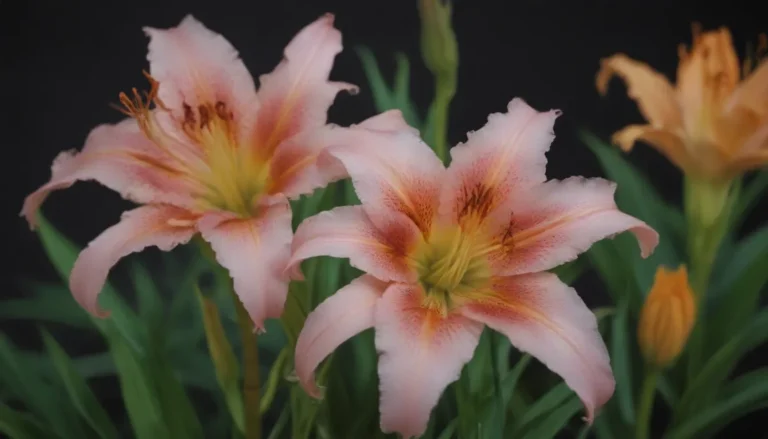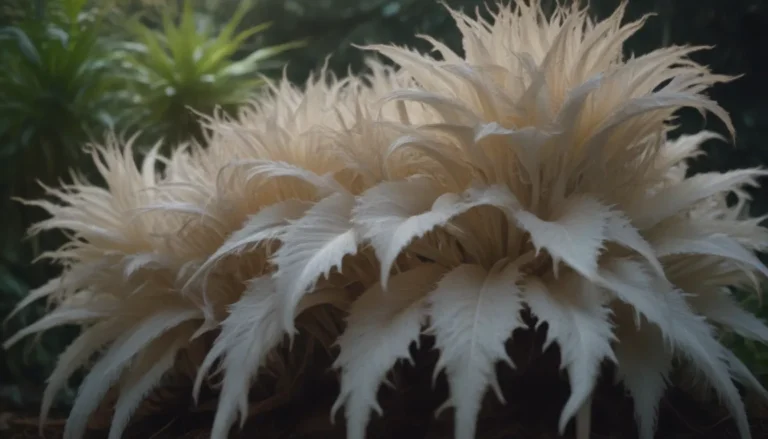Comprehensive Guide: Growing and Caring for Japanese Spindle Indoors

Are you looking to bring the beauty of the outdoors into your home? Japanese spindle, also known as Japanese euonymus, is a versatile plant that can thrive both indoors as a houseplant and outdoors as a flowering shrub. This guide will provide you with all the information you need to successfully grow and care for Japanese spindle indoors, from sunlight and watering needs to pruning and maintenance tips. Let’s dive in and learn how to create a thriving environment for this unique plant.
Can You Successfully Grow Japanese Spindle Indoors?
Absolutely! Japanese spindle is a fantastic choice for indoor gardening, as it can adapt well to different conditions commonly found in homes. With the right care and attention, you can enjoy the beauty of this plant right in your own living space. Let’s explore some key factors to consider when growing Japanese spindle indoors.
Sunlight Requirements
One of the most critical aspects of caring for Japanese spindle indoors is providing it with adequate sunlight. While the plant thrives in bright, indirect light, direct sunlight can lead to leaf scorch, causing the leaves to turn white. For optimal growth, place your plant near a window with an eastern exposure or a few feet away from a southern or western window. To ensure even light exposure, rotate your Japanese spindle houseplant every few months.
Temperature and Humidity Considerations
Maintaining the right temperature and humidity levels is essential for the health of your Japanese spindle plant. These plants prefer average room temperatures ranging from 60 to 85 degrees Fahrenheit. During the winter months, provide cooler yet temperate conditions to support their growth.
When it comes to humidity, Japanese spindle plants do well in average humidity levels of 30 to 60 percent. However, during the winter season, higher humidity levels may be beneficial for optimal plant health. Ensuring a comfortable environment for your Japanese spindle will go a long way in promoting its overall well-being.
Watering Guidelines
Proper watering is key to keeping your Japanese spindle happy and healthy. Ensure that the plant’s potting soil drains well to avoid waterlogged conditions, which can harm the plant. During the growing season (spring to fall), water your Japanese spindle regularly, adjusting the frequency as needed. Scale back on watering during the winter months to prevent root rot.
Fertilizing Your Japanese Spindle
Give your Japanese spindle a nutritional boost by fertilizing it at the beginning of spring with a well-balanced fertilizer. Follow up with monthly feedings to support its growth. Consider using a root stimulator to further enhance the plant’s health and vitality.
Pruning and Maintenance Tips
To keep your Japanese spindle plant looking its best, regular pruning is essential. Not only does pruning improve the plant’s aesthetics, but it also contributes to its overall health. When spring arrives, trim back any overgrown branches or foliage to maintain the plant’s shape and size.
When it comes to maintenance, keep an eye out for signs of euonymus scale, a common issue that can affect Japanese spindle plants. Look for unusual markings on the leaves, and if you suspect scale infestation, consider using a suitable pesticide to address the problem effectively.
Choosing the Right Container and Potting Soil
Selecting the right container is crucial for the well-being of your Japanese spindle plant. Opt for a generously sized pot that allows for proper moisture retention while also providing ample drainage. A plastic or glazed ceramic pot works well for this purpose, but ensure that it’s sturdy enough to support the plant’s growth without tipping over.
When it comes to potting soil, choose a well-drained and moist mix that provides the necessary nutrients for your Japanese spindle. A standard potting soil blend should meet the plant’s requirements and support its growth and development.
Potting and Repotting Your Japanese Spindle
While Japanese spindle plants can thrive in pots, they may outgrow their containers over time. When your plant doubles in size, it’s time to consider repotting it to ensure its continued health and vitality. Repotting should ideally be done annually in the spring to accommodate the plant’s growth.
To repot your Japanese spindle, water the root ball in advance to facilitate the process. Then, carefully remove the plant from its current pot as a whole, trim the roots gently, and transfer it to a new pot filled with fresh potting soil. This process helps rejuvenate the plant and provides ample space for its roots to expand and grow.
Propagation Tips for Japanese Spindle
If you’re interested in propagating your Japanese spindle plant, consider taking cuttings at the end of the growth period in late summer. To propagate successfully, cut a stem just below a node (the point where a leaf or bud grows) and replant it in a mixture of peat moss, perlite, or sand. Keep the cuttings misted, warm, and well-lit to encourage healthy growth.
With proper care and attention, you can enjoy the beauty and resilience of Japanese spindle plants in your indoor space. By following these guidelines and tips, you’ll create an ideal environment for your plant to thrive and flourish.
In conclusion, growing and caring for Japanese spindle indoors can be a rewarding experience for plant enthusiasts of all levels. With the right knowledge and techniques, you can cultivate a healthy and vibrant Japanese spindle plant that adds beauty and charm to your home environment. Remember to provide adequate sunlight, maintain proper watering and humidity levels, and indulge in regular pruning and maintenance to keep your plant looking its best. By following these guidelines, you’ll enjoy a flourishing Japanese spindle plant that brightens up your living space. Happy gardening!
References:
– North Carolina State University Extension
– Pet Poison Helpline





